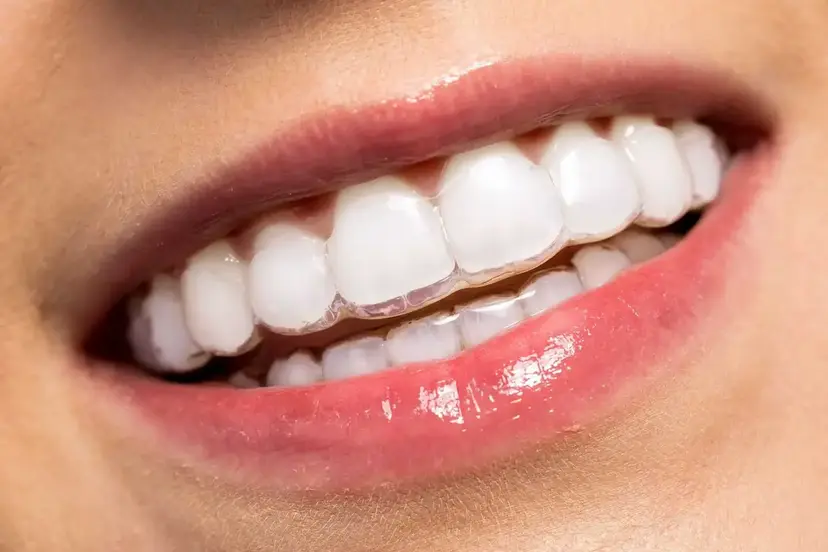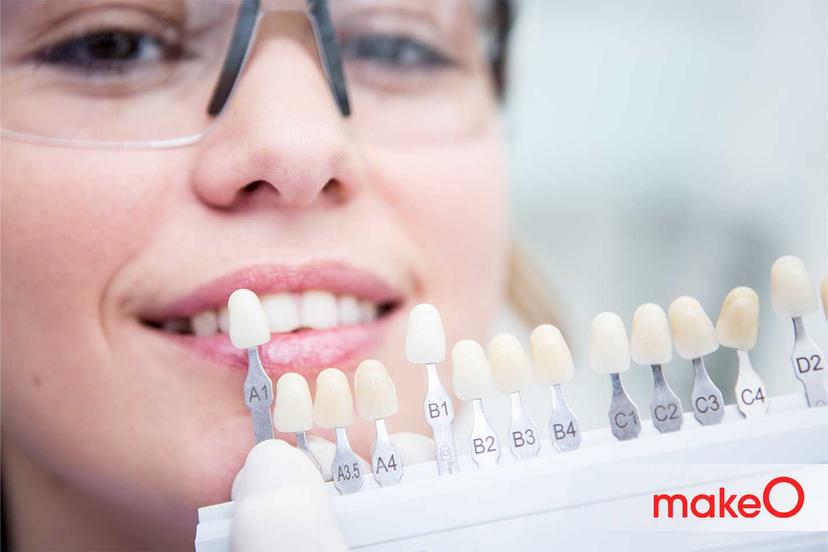MakeO blog
What is sedation dentistry?
Sedation dentistry is a practice that involves the use of medication to help patients remain calm during dental procedures. The Conscious Sedation Dental process is especially helpful for people who experience fear or anxiety when visiting the dentist or performing any dental procedure. Dental professionals can ensure that patients remain calm and comfortable throughout the treatment with the help of dental sedatives and create a more pleasant experience for them.
What are the advantages of Sedation Dentistry?
One of the primary advantages of sedation dentistry is that it helps patients, especially children overcome their dental anxiety. Many patients who have dental fear or dental anxiety avoid showing up for dental visits or undergoing necessary procedures due to fear or past traumatic experiences. Sedation dentistry provides them with a solution that allows them to receive the treatment they need without overwhelming anxiety. Sedation can be especially beneficial for patients who have a low pain threshold while conscious sedation in paediatric dentistry helps kids get the dental care they need without any fear.
Is Sedation Dentistry safe?
Sedation dentistry is generally considered safe as long as administered by professionals. However, just like any medical procedure, there are potential complications associated with it. The level of risk in sedation dentistry depends on the type of sedation used and the patient's overall health. Some of the common potential complications are allergic reactions to sedative medications, respiratory issues or over-sedation. It is crucial for dental professionals to assess the patient's medical history and closely monitor them during the procedure to eliminate these risks.
What Types of Sedation Are Used in Dentistry?
1. Nitrous Oxide (Laughing Gas)
Nitrous oxide is a mild sedative that is inhaled through a mask placed over the nose. It results in a relaxed state in the patients allowing them to remain calm, conscious and responsive during the treatment. The effects of laughing gas wear off quickly after the procedure so the patients can comfortably drive home afterwards independently.
2. Oral Sedation
Oral sedation involves the usage of medication in the form of a pill or liquid. It is usually taken before the dental appointment. This type of sedation produces a higher level of relaxation but patients remain conscious throughout the procedure.
3. Intravenous (IV) Sedation
IV sedation is a stronger form of sedation where medications are delivered directly into the bloodstream through a vein. This method enables a deeper relaxation mode and can be adjusted as needed during the procedure. Patients may have limited memory of the treatment afterwards.
Who can consider sedation dentistry?
Sedation dentistry is suitable for a lot of patients like those with dental anxiety, people with a sensitive gag reflex, patients who require extensive or complex dental work and ones with special needs. It can be a boon for patients who have a fear of needles or an aversion to the sights, sounds or smells associated with dental procedures. Conscious sedation in paediatric dentistry calms the children and helps the dentist perform the necessary treatment for a child’s dental needs with ease. However, it is important to consult with a dentist to determine the most appropriate type and level of sedation for each individual case.
Conclusion
Sedation dentistry offers a fantastic solution for patients who experience fear or anxiety when visiting the dentist. By providing a relaxed and comfortable environment, dental professionals can ensure that patients receive the necessary care without unnecessary stress. As a leading provider of dental solutions, makeO offers a range of innovative treatments and products that can make your oral care journey stress-free. If you have misaligned or crooked teeth and wish to perfect your smile, you can opt for non-invasive and pain-free clear aligners from makeO toothsi. They are comfortable to carry and do not cause any pain during installation, ruling out the possibility of dental fear. Head to our website to know more about clear aligners and other products offered by makeO toothsi.
FAQs
Are there any age restrictions for sedation dentistry?
Sedation dentistry can be used for patients of different age groups, including children. However, the type and level of sedation may vary based on the patient's age and medical condition.
How long does the effect of the sedative last?
The duration of the effects of the sedative depends on the type of sedation used. The effects of nitrous oxide wear off quickly, allowing patients to resume their normal activities shortly after the procedure. Oral and IV sedation may have a longer-lasting effect and patients may require additional recovery time.
Can I drive myself home after sedation dentistry?
The ability to drive after sedation dentistry depends on the type and level of sedation used. With nitrous oxide, patients can usually drive themselves home. However, with oral or IV sedation, it is recommended to have someone accompany the patient and arrange transportation as the effects of these sedatives can last longer.
Is sedation dentistry covered by insurance?
Sedation dentistry may be partially or fully covered by dental insurance depending on the specific plan and the reason for sedation. It is always a good idea to check with the insurance provider to understand the coverage details.
related categories
Related articles

Types of Braces: Removable vs Fixed Braces, Which is Right For You?

This Diwali, Smile Bright With makeO Teeth Whitening Kit

Dr. Pravin Shetty: Pioneer in Lingual Orthodontics & Innovative Smile Solutions
How do I Know I’m the Right Candidate for makeO toothsi Teeth Aligners?

